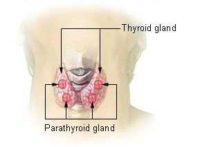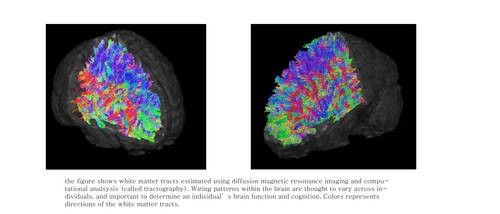Addiction, Author Interviews, JAMA, Opiods, Pharmaceutical Companies / 14.05.2018
More Opioids Prescribed By Doctors Who Received Free Pharmaceutical Lunches
MedicalResearch.com Interview with:
 Scott E. Hadland, MD, MPH, MS
Assistant Professor of Pediatrics | Boston University School of Medicine
Boston Medical Center
Director of Urban Health & Advocacy Track | Boston Combined Residency Program
Boston, MA 02118
MedicalResearch.com: What is the background for this study? What are the main findings?
Response: Numerous pharmaceutical companies have received media attention for their role in promoting opioid prescribing through speaker programs and other marketing plans in which large-value payments are given to a small number of doctors to promote opioids.
In our study, we sought to tell the other side of the story. We wanted to identify whether low-value marketing, including industry-sponsored meals, which are commonplace in the US, were associated with increased opioid prescribing.
We found that 1 in 14 doctors received opioid marketing from pharmaceutical companies in 2014, and those that received marketing prescribed 9% more opioids the following year. With each additional meal a doctor received, he or she prescribed more and more opioids the following year. Our sample included 43% of the active physician workforce in the US, suggesting how widespread and far-reaching this effect might be.
(more…)
Scott E. Hadland, MD, MPH, MS
Assistant Professor of Pediatrics | Boston University School of Medicine
Boston Medical Center
Director of Urban Health & Advocacy Track | Boston Combined Residency Program
Boston, MA 02118
MedicalResearch.com: What is the background for this study? What are the main findings?
Response: Numerous pharmaceutical companies have received media attention for their role in promoting opioid prescribing through speaker programs and other marketing plans in which large-value payments are given to a small number of doctors to promote opioids.
In our study, we sought to tell the other side of the story. We wanted to identify whether low-value marketing, including industry-sponsored meals, which are commonplace in the US, were associated with increased opioid prescribing.
We found that 1 in 14 doctors received opioid marketing from pharmaceutical companies in 2014, and those that received marketing prescribed 9% more opioids the following year. With each additional meal a doctor received, he or she prescribed more and more opioids the following year. Our sample included 43% of the active physician workforce in the US, suggesting how widespread and far-reaching this effect might be.
(more…)
 Scott E. Hadland, MD, MPH, MS
Assistant Professor of Pediatrics | Boston University School of Medicine
Boston Medical Center
Director of Urban Health & Advocacy Track | Boston Combined Residency Program
Boston, MA 02118
MedicalResearch.com: What is the background for this study? What are the main findings?
Response: Numerous pharmaceutical companies have received media attention for their role in promoting opioid prescribing through speaker programs and other marketing plans in which large-value payments are given to a small number of doctors to promote opioids.
In our study, we sought to tell the other side of the story. We wanted to identify whether low-value marketing, including industry-sponsored meals, which are commonplace in the US, were associated with increased opioid prescribing.
We found that 1 in 14 doctors received opioid marketing from pharmaceutical companies in 2014, and those that received marketing prescribed 9% more opioids the following year. With each additional meal a doctor received, he or she prescribed more and more opioids the following year. Our sample included 43% of the active physician workforce in the US, suggesting how widespread and far-reaching this effect might be.
(more…)
Scott E. Hadland, MD, MPH, MS
Assistant Professor of Pediatrics | Boston University School of Medicine
Boston Medical Center
Director of Urban Health & Advocacy Track | Boston Combined Residency Program
Boston, MA 02118
MedicalResearch.com: What is the background for this study? What are the main findings?
Response: Numerous pharmaceutical companies have received media attention for their role in promoting opioid prescribing through speaker programs and other marketing plans in which large-value payments are given to a small number of doctors to promote opioids.
In our study, we sought to tell the other side of the story. We wanted to identify whether low-value marketing, including industry-sponsored meals, which are commonplace in the US, were associated with increased opioid prescribing.
We found that 1 in 14 doctors received opioid marketing from pharmaceutical companies in 2014, and those that received marketing prescribed 9% more opioids the following year. With each additional meal a doctor received, he or she prescribed more and more opioids the following year. Our sample included 43% of the active physician workforce in the US, suggesting how widespread and far-reaching this effect might be.
(more…)






